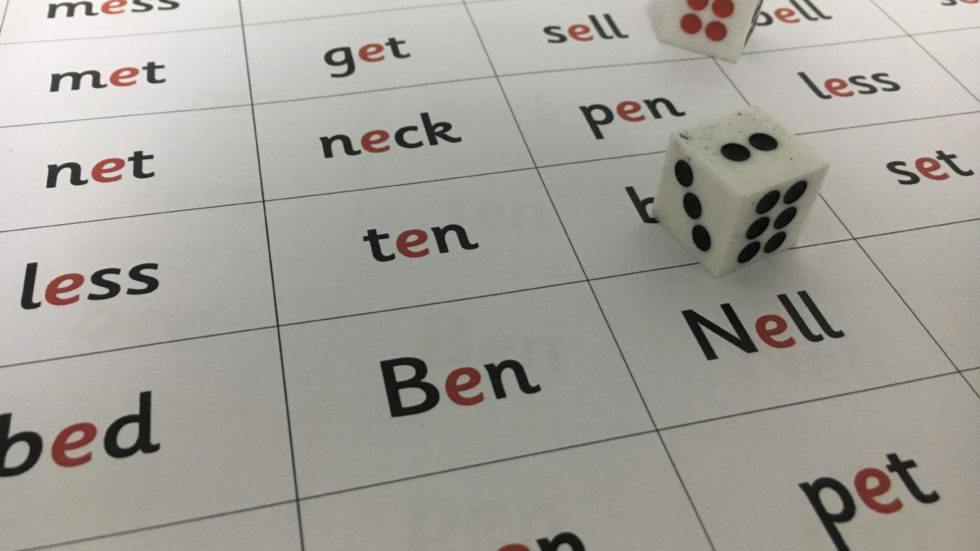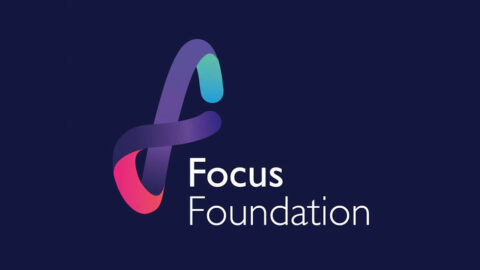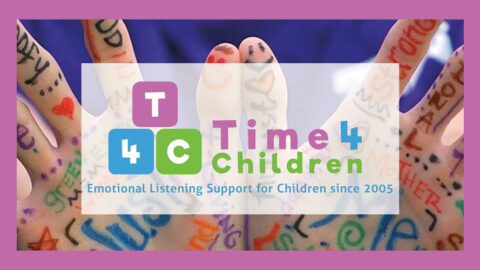The Benefits Of Phonics

The Benefits Of Phonics
Reading has long been an established part of core learning with the historic three r’s of reading, writing and arithmetic the basic skills all children are taught at school in the early years. As a parent you will want your child to do well in school and in life, and being a confident reader is a crucial part of this success, and the teaching method of phonics is an element to help children be good readers.
Phonics is a method of teaching reading and writing by helping to develop a learners’ phonemic awareness – in short, this is the ability of them to hear, identify, and manipulate phonemes – to teach them the correspondence between these sounds and the spelling patterns represented.
The method of phonics is for readers to identify, and in effect, decode words by sounding them out, or, in phonics terms, blending the sound-spelling patterns. Phonics was developed in the 1570s, but it was not until the early part of the last century it has been more widely used as a teaching method.
Reading a good book can offer youngsters, and readers of any age with a great deal of benefits and enjoyment, so much so,
The Department for Education, through the National Curriculum for England states that reading helps youngsters to develop culturally, emotionally, intellectually and socially.
Many educational experts point out that as young people’s reading skills develop further over time, pupils gain the ability to read a much greater variety of written material, and this full and extensive reading broadens their daily vocabulary and develops their knowledge of the world around them.
As well as academic learning, reading can help children share the lives of others, they can see the world through new eyes, sometimes those less privileged, and in turn develop a greater capacity for empathy as they understand new and different challenges which people at home and abroad face.
To aid reading, phonics can help pupils see letters as part of a code, therefore phonetics is almost a code breaking tool which equips a youngsters with the skills to understand the codes which in time they develop into fluent ones who recognise familiar words and find it to easer to sound out words.
When applied correctly, phonics can help a child’s spelling and writing as well as their reading as they identify the sounds which can be found in a word. During the learning process, a child will break down a word into bite-sized chunks which make understanding the spelling of words a little easier.
All children are individual learners, and this is important to appreciate, each child has their own learning style, so phonics may not be the best method for all. Consider using it as part of a complete, well-rounded reading programme which encourages visual learners to recognise words by sight.






